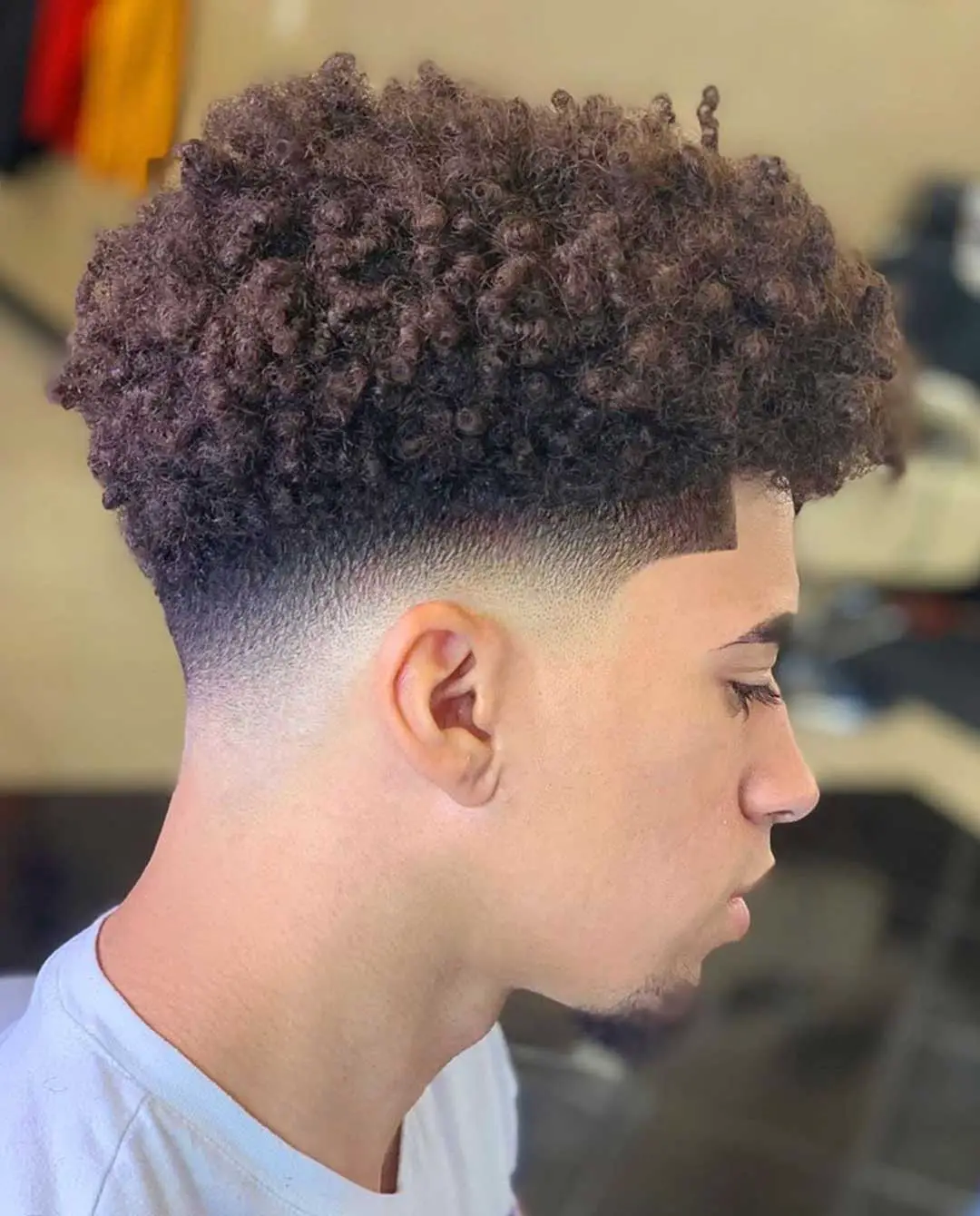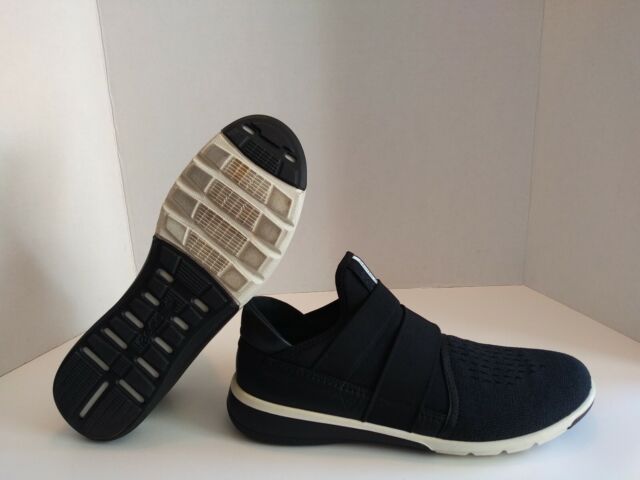Table Of Content

Artists Network is with you every step of your art journey. Each hair comes from a specific point and grows in a different direction. Even when the hair is very long, the gravitational force eventually brings it down. The shaft is the visible part of the hair, while the root is the part embedded in the skin. The follicle is the structure that surrounds the root and nourishes the hair.
Step Two: Create the shape of the hair
Similar to the first hairstyle begin by applying an initial series of strokes that will define the light, medium and dark areas of the hair. Again be sure to make these in a way where they flow along the shape of the hair. Negative space refers to the areas around and between objects. Next, start adding more details by defining individual hair strands. Remember that hair strands are not uniformly thick throughout their length. Use varying line weights to give your drawing a more natural look.
Here’s how you can make your realistic hair drawing even better…
Due to it’s various curves and folds curly hair will tend to have a much more random distribution of these. Finish the drawing by further darkening and smoothing out the overall shading. Finish the line drawing by adding the smallest set of details.
How to Draw Hair: A Comprehensive Guide for Artists
Simply keep drawing these lines to the final sections of the hair, following the guide arrows and reference images. Referring closely to the image in step 3, you can start drawing thicker lines to the left side of the hair. The reference image for step three has arrows to show you the direction that the hair will be flowing in the next few steps.
To achieve a realistic appearance, focus on creating volume and texture. Use shading techniques such as cross-hatching, stippling, or even blending with a smudging tool to add depth and dimension to your hair drawing. Finally, when you've fleshed out your sketch enough, it is time to go over it in ink. So, using your pen of choice (we recommend a technical pen, like Sakura Pigma Microns), slowly go over the lines. If you want to add some variation to the hair texture, then try mixing up your pens with broader and finer types.
What we see must be simplified to lines and shades, and there are many ways to do it. Drawing realistic hair can be quite a challenge, so you should be very proud of reaching the end of the guide. Finally, be sure to go over all the final lines with a pen and then erase all leftover pencil lines. Then, carefully erase any part of the head outline that would be hidden by hair. 19 year industry professional animator and storyboard artist Luis Escobar will teach you what you need to know as if you’re where learning Kung Fu. If you’re embarrassed because you can’t draw a straight line or even a good stick figure.
Vermont police share sketch in killing of Vermont academic on hiking trail - BBC.com
Vermont police share sketch in killing of Vermont academic on hiking trail.
Posted: Thu, 12 Oct 2023 07:00:00 GMT [source]

Textures save time and add complexity to the shapes. First, for drawing both female hair and male hair, we must define the hairline and areas of our character’s hair. Marking a reference point or a route which divides the hair can help us. From there, it becomes easier to see the direction that each section will take (2). Pay attention to the position and angle of the hairline, taking into account the forehead’s shape and the direction in which the hair falls. This will create a sense of harmony and realism in your hair drawings.
Step 6
You should eventually have a line drawing with a good amount of details similar to the example above. If you are going to be follows this tutorial it’s best to do so using pencil and paper. Keep it lighter on the outside edge where the light comes through as well as where it grows out of the hairline. Repeat the steps above for the other side, although symmetry looks nice. The beauty of hair lies in imperfections and asymmetry, so try to keep both sides different. For this part, we’ll be using the diagram from section 1 and following the direction of the hair when pulled back.
We Slopped Some Steaks I Think You Should Leave Style - Vulture
We Slopped Some Steaks I Think You Should Leave Style.
Posted: Fri, 23 Jul 2021 07:00:00 GMT [source]
Once again as in the two previous examples apply an initial layer of strokes the define the light, medium and dark areas of the hair. Inside the construction frame from the previous step begin drawing in some of the more organic shapes and folds of the hair. You can erase the construction lines as you go through them. Erase the parts of the head (including the hairline) that are hidden by the hair once you are done drawing it’s basic shape.
So, choose a pen (or a couple of different ones) and trace over the graphite sketch. Afterward, it is time to fill in the hair with more texture, so add long and short lines throughout the hairstyle. Continue to fill in the hair with texture, adding more lines to the hairstyle to indicate volume. This is a part where you will want to refer very closely to the reference image as you draw. Try your best to draw the hair outline as it appears in the picture.
Refine the shading by creating smoother gradients between the mid tone, light and “in shadow” areas of the hair. You can also make the shadow areas slightly darker. Use a kneaded eraser to lift the bands of light out of each curl.
Afterward, add depth to the hair by adding numerous lines to each lock of hair. Shade the whole haircut now, drawing curls all around. Afro-textured hair has a lot of curly strands and texture. Draw the direction of the hair gently flowing down over the shoulders. Keep in mind that you're not drawing the single hairs here, just their flow.
Next, you may want to change the look of this realistic hair drawing by changing the style of the hair. This could be subtle and incorporate some of the existing stylings. When drawing cartoons, we simplify this even more and imply hair with hair shapes. They can be simple or complex, depending on the style of cartoon.
With the powdered graphite and your brush, tap around the head to define the hair’s size and shape. Use significant circular movements to give it a “cloudy” effect. It’s what makes us unique and sets us apart from one another. It’s an extension of who we are and how we want to be seen. Hair has long been used to express oneself in various cultures around the world, and it continues to be a way to do so in our society too. I’ve always thought that short, almost shaved hair feels like a carpet!
Don't press too hard—hair is soft and shouldn't have a hard outline. Hair is very difficult to draw, because what we see is different than what we know. You can't simply draw all the hairs in the form of lines, because that's not what we see when we look at hair.
Afterward, fill in the shapes of the hair with varying lines to give it texture, volume, and depth. Next, add two thick locks of hair to frame the face. Start these voluptuous shapes at the hair part and move downwards in undulating, ribbon-like shapes. Starting a little above the hairline (or forehead), draw large petal-like shapes to create the bangs.










